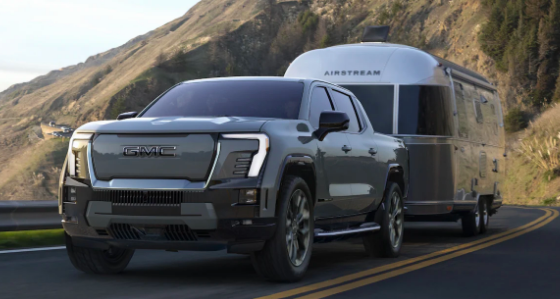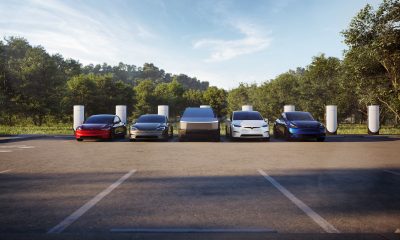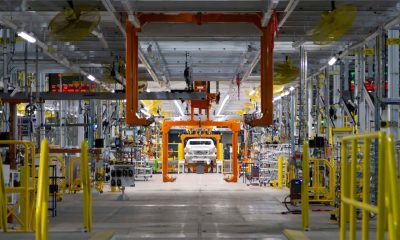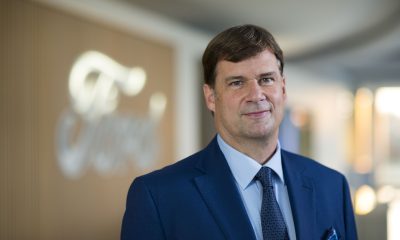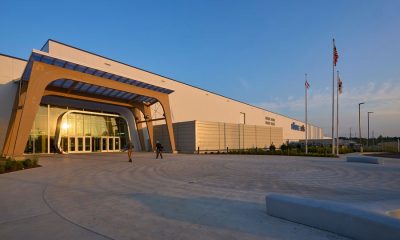General Motors and Samsung SDI recently announced a joint investment of over $3 billion to establish an electric vehicle battery manufacturing facility in the United States. The announcement comes as South Korean President Yoon Suk Yeol visits the United States.
Yoon is not alone in his US visit. The president is also accompanied by over 100 executives from South Korea’s most prolific companies. These include heavyweights such as Samsung Electronics Executive Chairman Jay Y. Lee and Hyundai Motor Group Executive Chair Euisun Chung.
The planned GM-Samsung SDI plant, which is expected to start operations in 2026, is looking to have an annual production capacity of 30 GWh. The facility is expected to manufacture high-nickel prismatic and cylindrical battery cells for electric vehicles, as noted in a Reuters report. So far, however, the exact location of the facility has yet to be announced.
GM Executive Doug Parks emphasized the importance of multiple strong cell partners in scaling their EV business more rapidly. “With multiple strong cell partners, we can scale our EV business faster than we could going it alone,” Parks said.
While GM lags far behind industry leader Tesla in the US’ electric vehicle market, the veteran automaker is putting in a lot of effort to ensure that its EV program is well supplied. For one, the automaker already has a joint venture with battery maker LG Energy Solution in the country. Efforts are currently underway to ramp up GM’s joint venture with LG Energy Solution, which would allow the companies to take advantage of the US’ Inflation Reduction Act.
GM plans to produce 400,000 EVs in North America from 2022 to mid-2024, and the company aims to increase capacity to about 1 million units per year by 2025, roughly the same level as industry leader Tesla’s output in 2021. Estimates suggest that GM would likely require at least two additional electric vehicle factories to meet future EV demand.
Don’t hesitate to contact us with news tips. Just send a message to simon@teslarati.com to give us a heads up.
Elon Musk
Norway’s $2 trillion sovereign wealth fund votes against Elon Musk’s 2025 performance award
The fund is managed by Norges Bank Investment Management (NBIM), and it holds a 1.14% stake in Tesla valued at about $11.6 billion.

Norway’s $2 trillion sovereign wealth fund has voted against Elon Musk’s 2025 performance award, which will be ultimately decided at Tesla’s upcoming annual shareholder meeting.
The fund is managed by Norges Bank Investment Management (NBIM), and it holds a 1.14% stake in Tesla valued at about $11.6 billion.
NBIM’s opposition
NBIM confirmed it had already cast its vote against Musk’s pay package, citing concerns over its total size, dilution, and lack of mitigation of key person risk, as noted in a CNBC report. The fund acknowledged Musk’s leadership of the EV maker, and it stated that it will continue to seek dialogue with Tesla about its concerns.
“While we appreciate the significant value created under Mr. Musk’s visionary role, we are concerned about the total size of the award, dilution, and lack of mitigation of key person risk- consistent with our views on executive compensation. We will continue to seek constructive dialogue with Tesla on this and other topics,” NBIM noted.
The upcoming Tesla annual shareholder meeting will decide whether Musk should receive his proposed 2025 performance award, which would grant him large stock options over the next decade if Tesla hits several ambitious milestones, such as a market cap of $8.5 trillion. The 2025 performance award will also increase Musk’s stake in Tesla to 25%.
Elon Musk and NBIM
Elon Musk’s proposed 2025 CEO performance award has proven polarizing, with large investors split on whether the executive should be given a pay package that, if fully completed, would make him a trillionaire.
Institutional Shareholder Services and Glass Lewis have recommended that shareholders vote against the deal, and initiatives such as the “Take Back Tesla” campaign have rallied investors to oppose the proposed performance award. On the other hand, other large investors such as ARK Invest and the State Board of Administration of Florida (SBA) have urged shareholders to approve the compensation plan.
Interestingly enough, this is not the first time that Musk and NBIM have found themselves on opposing sides. Last year, NBIM voted against reinstating Musk’s 2018 performance award, which had already been fully accomplished but was rescinded by a Delaware judge.
Later reports shared text messages between Musk and NBIM Chief Executive Nicolai Tangen, who was inviting the CEO to a dinner in Oslo. Musk declined the invitation, writing, “When I ask you for a favor, which I very rarely do, and you decline, then you should not ask me for one until you’ve done something to make amends. Friends are as friends do.”
Elon Musk
Tesla begins production of new Model Y trim at Giga Berlin
Tesla announced on Monday that its Model Y Standard configuration was officially being built at Giga Berlin, less than one month after the company officially announced the configuration early last month.

Tesla has begun production of the new Model Y trim at Gigafactory Berlin, the company’s production plant in Germany.
Tesla announced on Monday that its Model Y Standard configuration was officially being built at Giga Berlin, less than one month after the company officially announced the configuration early last month.
On October 7, Tesla announced the launch of the Model 3 and Model Y Standard trim levels, its answer to the call for affordable EVs within its lineup and its response to the loss of the $7,500 electric vehicle tax credit.
On October 3, Tesla started production of the vehicles in Germany:
Model Y Standard says „Hello World“ – Production at Giga Berlin has started today! pic.twitter.com/p37JIfJDIB
— Tesla Manufacturing (@gigafactories) November 3, 2025
The Standard iteration of the Model Y is void of many of the more premium features that are available in the Rear-Wheel-Drive, All-Wheel-Drive, and Performance trims of the vehicle are equipped with.
A few of the features of the Model Y Standard are:
- Single Motor configuration
- No rear touchscreen
- Textile seats with vegan leather, instead of all vegan leather
- 320-mile range
- No glass roof
The launch of the Model Y Standard was truly a move to help Tesla get vehicles into the sub-$40,000 price point, and although many consumers were hoping to see the company get closer to $30,000 with these cars, this is a great starting point.
Deliveries in the United States have already started, and it seems it will be a vehicle that will do one of two things: either push some consumers to finally make the jump to Tesla, or it will give car buyers another reason to buy the Premium trims, as they may feel the lack of features is not a good enough deal.
This is something we saw with the Cybertruck’s Rear-Wheel-Drive configuration, which launched last year and ended up being more of the latter option listed above.
The Tesla Model Y Standard is actually a great deal in Europe
It was only a $10,000 discount from the All-Wheel-Drive Cybertruck, but it also did not have adaptive air suspension, premium interiors, or the powered tonneau cover, which many people felt was too much of a sacrifice.
The Rear-Wheel-Drive Cybertruck was discontinued only a few months later.
It does not seem as if this is the case with the Model Y Standard, which already seems to be an attractive option to some buyers.
Cybertruck
Tesla begins wide rollout of Full Self-Driving v14 to Cybertruck

Tesla has officially begun the wide rollout of Full Self-Driving (Supervised) v14 to the Cybertruck about a month after the company started rolling it out to other vehicles in the fleet.
On Monday, Tesla officially started rolling out v14.1.5 to Cybertruck owners, the first FSD v14 rollout for owners of the all-electric pickup.
Owners have been anxiously waiting for Tesla to begin the wide release of v14 to Cybertruck, as the company said it would refine the suite for the vehicle.
Tesla has finally started rolling out to many owners, who are reporting that their Cybertrucks are downloading Software Update 2025.38.8.5, which contains FSD v14.1.5:
Tesla Self-Driving 14.1.5 for Cybertruck rolling out now! Too bad I just left for Austin. pic.twitter.com/WdxvEaK6ma
— Whole Mars Catalog (@WholeMarsBlog) November 3, 2025
So look what I just got on my @cybertruck ! FSD v14.1.5
Believe it or not @teslascope reported it about 5 minutes before it was visible on my app. That new API must be cooking! pic.twitter.com/GIiQrss4q5
— Chuck Cook (@chazman) November 3, 2025
Can confirm – arrived last night 🤝 https://t.co/0knxMK1Gfx pic.twitter.com/rqtU41pRaF
— Wes (@wmorrill3) November 3, 2025
Tesla has to be more cautious with rolling out FSD on the Cybertruck than on other vehicles for a few reasons. Initially, the Cybertruck utilizes an all-wheel steering system that turns differently than the S3XY lineup. This creates a challenge for the Tesla AI team as they have to cater to this specific maneuvering change.
Additionally, the Cybertruck is much larger, and the exterior cameras responsible for seeing the vehicle’s surroundings are placed differently than those of the other vehicles.
This requires additional calibration to ensure safety.
The full release notes for Full Self-Driving v14.1.5 are as follows:
- Added Arrival Options for you to select where FSD should park: in a Parking Lot, on the Street, in a Driveway, in a Parking Garage, or at the Curbside.
- Added handling to pull over or yield for emergency vehicles (e.g. police cars, fire trucks, ambulances).
- Added navigation and routing into the vision-based neural network for real-time handling of blocked roads and detours.
- Added additional Speed Profile to further customize driving style preference.
- Improved handling for static and dynamic gates.
- Improved offsetting for road debris (e.g. tires, tree branches, boxes).
- Improve handling of several scenarios including: unprotected turns, lane changes, vehicle cut-ins, and school buses.
- Improved FSD’s ability to manage system faults and recover smoothly from degraded operation for enhanced reliability.
- Added alerting for residue build-up on interior windshield that may impact front camera visibility. If affected, visit Service for cleaning!
Tesla Full Self-Driving v14 release notes for Cybertruck pic.twitter.com/fiMnjjTCY9
— TESLARATI (@Teslarati) November 3, 2025
-
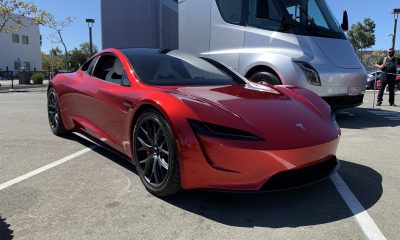
 News2 weeks ago
News2 weeks agoTesla updates fans on its plans for the Roadster
-

 News2 weeks ago
News2 weeks agoTesla rolled out a new feature with FSD v14 to fix a major complaint
-
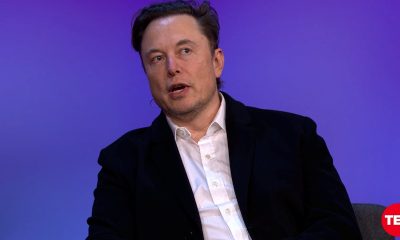
 Elon Musk2 weeks ago
Elon Musk2 weeks agoElon Musk hits back at former Tesla employee who disagrees with pay package
-
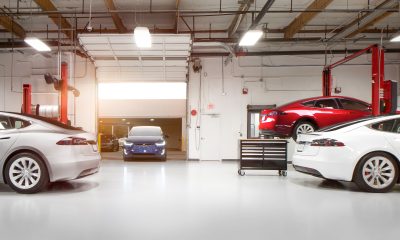
 News2 weeks ago
News2 weeks agoTesla just made Service even easier and more convenient
-
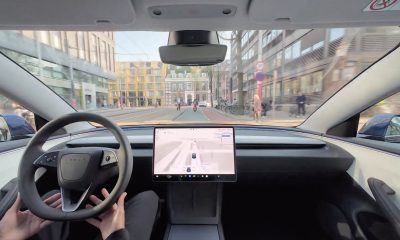
 News2 weeks ago
News2 weeks agoTesla Full Self-Driving’s new version officially gets a wider rollout
-
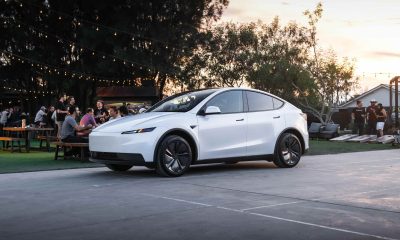
 News2 weeks ago
News2 weeks agoTesla makes crazy move to spur short-term demand in the U.S.
-
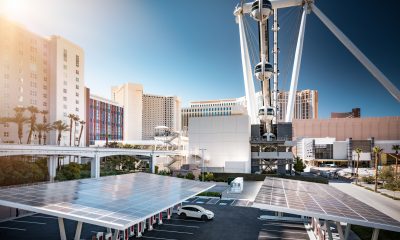
 News2 weeks ago
News2 weeks agoTesla rivals are lagging behind alarmingly in this crucial EV necessity
-
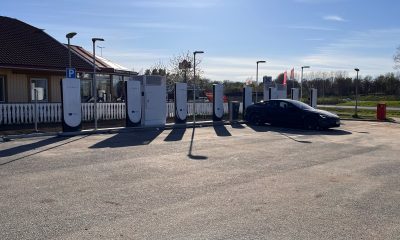
 News2 weeks ago
News2 weeks agoTesla Sweden faced with fresh strike from elevator company


